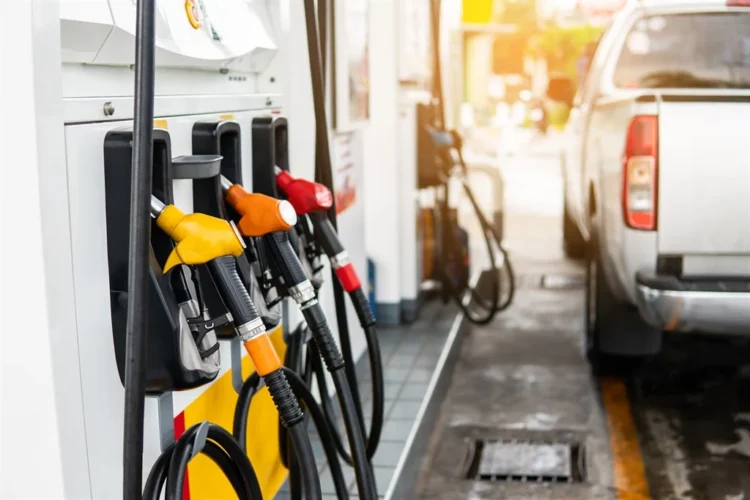- The latest estimates predict a petrol price increase of between R1.93 and R1.97 a litre in the first week of June, while diesel is expected to increase by between R1.60 and R1.62 a litre.
- In addition, the R1.50 discount on the general fuel levy will fall away at the end of May.
- Together, this will “result in price shocks never seen before”, says the Automobile Association (AA).
According to the latest data from the Central Energy Fund, petrol and diesel prices currently look set for large increases in the first week of June.

Adding to the blow is the return of the full general fuel levy (GFL), which government cut by R1.50 per litre for two months. The levy is supposed to be restored at the end of May.
This will increase the levy for petrol from R2.35 to R3.85 per litre. The levy on diesel will be hiked from R2.20 to R3.70 per litre.
In addition, based on current data from the CEF, petrol is expected to increase by between R1.93 and R1.97 a litre, diesel is expected to increase by between R1.60 and R1.62 a litre, and illuminating paraffin is expected to climb by a R2.14 a litre.
The Automobile Association (AA) says together with the return of the general fuel levy this will “result in price shocks never seen before”.
In combination, the petrol price could be around R3.47 a litre more expensive than current levels.
“In late March government reduced the GFL by R1.50 for April and May which brought temporary relief to consumers. The big question now is how government plans to deal with rising fuel costs from June onwards, especially given that baseline prices are forecast to move significantly upwards in June,” notes the AA.
The association says it must be noted that these price increases reflect data from the middle of the month, and that the final data may vary between now and when the adjustment is finally made.
Local fuel prices are determined by international oil prices, as well as the dollar-rand value, as South Africa buys oil in dollars.
The rand is currently trading around its worst levels since November last year, while Brent crude remains close to $110 per barrel.
The AA says while government’s relief on the GFL was welcome, a longer-term solution is needed. It says when government announced the relief in March, it also noted other measures proposed by the Minister of Mineral Resources and Energy to be introduced after the expiry of the temporary measures.
“We are rapidly nearing the end of May and the fuel outlook is looking bleak. Government needs to address this issue sooner rather than later; consumers are anxious about what lies ahead, and government should allay these concerns by indicating as early as possible what steps it will be taking to mitigate against rising fuel costs,” says the AA.
Petrol and diesel prices have surged by more than a third over the past year.








